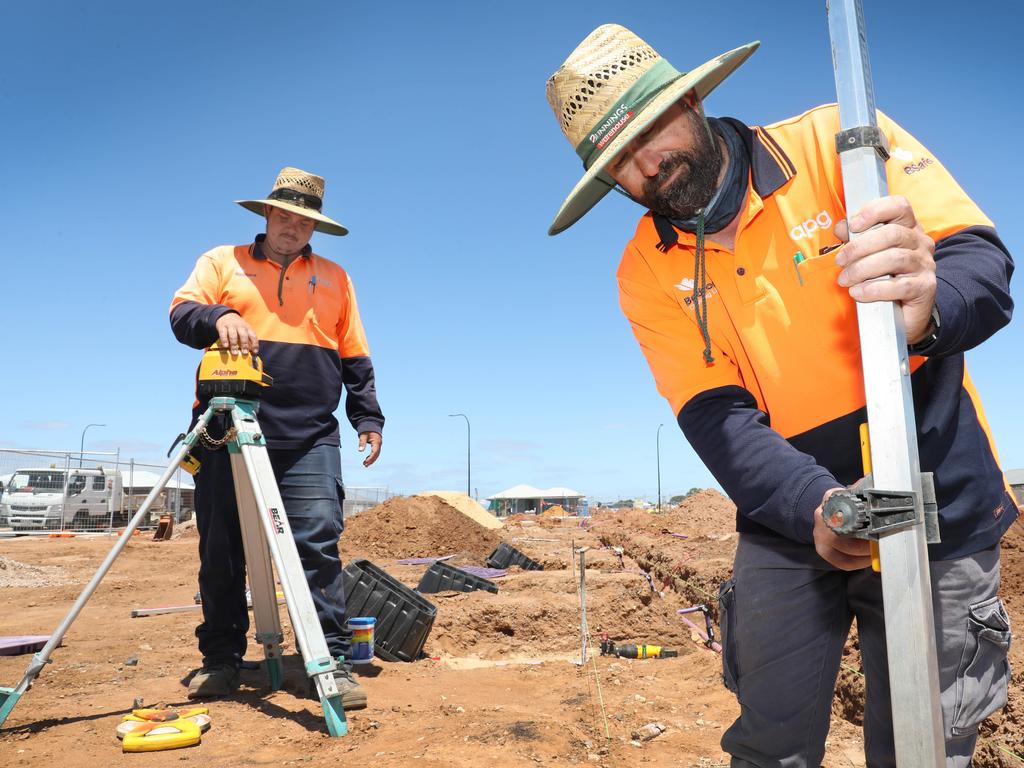Covid’s sick leave toll hits 750,000
Nearly three quarters of a million workers took sick leave in January, or triple the pre-pandemic average for the summer month, but unemployment was steady at 4.2 per cent.

Nearly three quarters of a million workers took sick leave in January, or triple the pre-pandemic average for the summer month, as Omicron triggered mass staff absenteeism but failed to drive unemployment higher.
The key jobless measure held steady at 4.2 per cent though a heavily Covid-affected month, even as hours worked across the country plunged by 8.8 per cent, seasonally adjusted figures from the Australian Bureau of Statistics showed.
The labour market proved resilient to the health-related disruptions, with the number of employed Australians lifting by 12,900 to 13,255,000 – another high. Josh Frydenberg said the latest numbers were further evidence of “Covid-19 failing to derail our world-leading recovery”.
The Treasurer said “it’s particularly pleasing to see a record number of women in work, with the female unemployment rate falling to a record low of 4 per cent, the participation rate at a record high and more than one million additional women in work since we came to government”.
Full-time employment was down by 17,000 people, more than offset by a 30,000 increase in part-time employment, the ABS data showed.
KPMG chief economist Brendan Rynne said the “very strong result” in the midst of widespread Omicron disruptions would “provide the RBA with the evidence it needs to move more rapidly in tightening interest rates”.
The Reserve Bank predicts unemployment will fall to 3.75 per cent by the end of this year – which would be the lowest since 1974 – and bets have firmed for a rate hike from 0.1 per cent to 0.25 per cent as early as June.
Three jurisdictions can already boast a jobless rate of below 4 per cent – Western Australia at 3.7 per cent, and 3.8 per cent in Tasmania and the Northern Territory. South Australia has the highest level of unemployment at 4.8 per cent, but the volatile figure remained well below the 6-7 per cent range in 2019.
The number of employed may have suggested a resilient labour market at the start of the year, but the impact of Omicron was seen in the 159 million fewer hours worked in January than the month before, to reach the lowest total hours worked since the national lockdown in April 2020.

Australian Chamber of Commerce and Industry chief executive Andrew McKellar said the plunge in work hours meant “businesses were forced to operate at reduced capacity or close their doors due to staff shortages”.
Mr McKellar said the steady jobless rate and lift in employment showed “businesses have worked hard to retain their employees despite difficult circumstances”.
ABS head of labour statistics Bjorn Jarvis said “while we again saw higher than usual numbers of people taking annual leave – even more so than last year – the fall in hours worked in January 2022 also reflected much higher than usual numbers of people on sick leave”.
Mr Jarvis said, nationally, and in NSW and Victoria, “the number of people who worked reduced hours because they were sick was around three times the pre-pandemic average for January”. “In other states and territories, it was twice as many people,” he said.
Mr Jarvis said typically only about 95,000 people were away from work for an entire week due to sickness in January.
The latest figures for January, in contrast, revealed that figure was around 450,000, or 3.4 per cent of employed people, while 745,000 Australians worked fewer hours because of illness as Omicron variant swept across most of the country.
The exception was in WA, where the state’s zero tolerance for Covid was reflected in no difference from the usual number of people taking sick leave.
There were some predictions the latest Covid outbreak may have sparked an exodus from the labour market as job searchers gave up – at least temporarily – looking for work. Instead, the participation rate lifted slightly to 66.2 per cent.
Having navigated Omicron relatively unscathed, economists expressed confidence that the labour market would continue to strengthen in months ahead.
ANZ senior economist Catherine Birch said she now expected the unemployment rate would “fall to the low 3s” by the end of the year, and stay at that level through 2023. The tightening in labour market conditions would drive wages 3.5 per cent this year, and 4 per cent next, Ms Birch said.







To join the conversation, please log in. Don't have an account? Register
Join the conversation, you are commenting as Logout